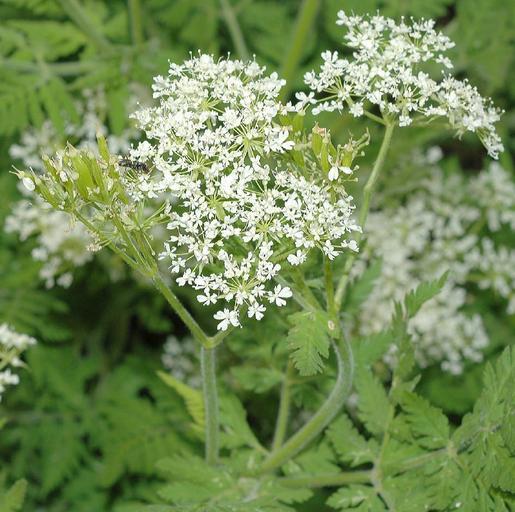MAKE A MEME
View Large Image

| View Original: | Myrrhis_odorata,_Scopoli_1771_(Apiales:_Apiaceæ:_Apioideæ:_Scandiceæ:_Scandicinæ).jpg (946x941) | |||
| Download: | Original | Medium | Small | Thumb |
| Courtesy of: | www.flickr.com | More Like This | ||
| Keywords: myrrhis apiales apiaceae cicely apioideae scandiceae scandicinae myrrhis odorata myrrhisodorata plantae plant flower outdoor blossom flower cluster foliage Illustration for a comparative ecophylogenetic analysis of local myrmecofaunas, based on r/K selection theory and intra / interspecific parabiosis / lestobiosis, particularly focused on allochthonous and invasive species. [Myrrhis: 1 sp] Apiaceæ was first described by John Lindley in 1836. The name is derived from the type genus Apium, which was originally used by Pliny the Elder in circa 50 AD for a celery-like plant. Its alternative name, Umbelliferæ, derives from the inflorescence being generally in the form of a compound umbel. It was one of the first to be recognized as a distinct group in Jacques Daleschamps' 1586 Historia generalis plantarum. With Robert Morison’s 1672 Plantarum umbelilliferarum distributio nova it became the first group of plants for which a systematic study was published. Apiaceæ is now solidly placed within Apiales in APG IV. It is closely related to Araliaceæ and the boundaries between these families remain unclear. Traditionally groups within Apiaceæ have been delimited largely based on fruit morphology, and the results from this have not been congruent with the more recent molecular phylogenetic analyses. Subfamilial and tribal classification is currently in a state of flux, with many of the groups being found to be grossly para/polyphyletic. Illustration for a comparative ecophylogenetic analysis of local myrmecofaunas, based on r/K selection theory and intra / interspecific parabiosis / lestobiosis, particularly focused on allochthonous and invasive species. [Myrrhis: 1 sp] Apiaceæ was first described by John Lindley in 1836. The name is derived from the type genus Apium, which was originally used by Pliny the Elder in circa 50 AD for a celery-like plant. Its alternative name, Umbelliferæ, derives from the inflorescence being generally in the form of a compound umbel. It was one of the first to be recognized as a distinct group in Jacques Daleschamps' 1586 Historia generalis plantarum. With Robert Morison’s 1672 Plantarum umbelilliferarum distributio nova it became the first group of plants for which a systematic study was published. Apiaceæ is now solidly placed within Apiales in APG IV. It is closely related to Araliaceæ and the boundaries between these families remain unclear. Traditionally groups within Apiaceæ have been delimited largely based on fruit morphology, and the results from this have not been congruent with the more recent molecular phylogenetic analyses. Subfamilial and tribal classification is currently in a state of flux, with many of the groups being found to be grossly para/polyphyletic. | ||||